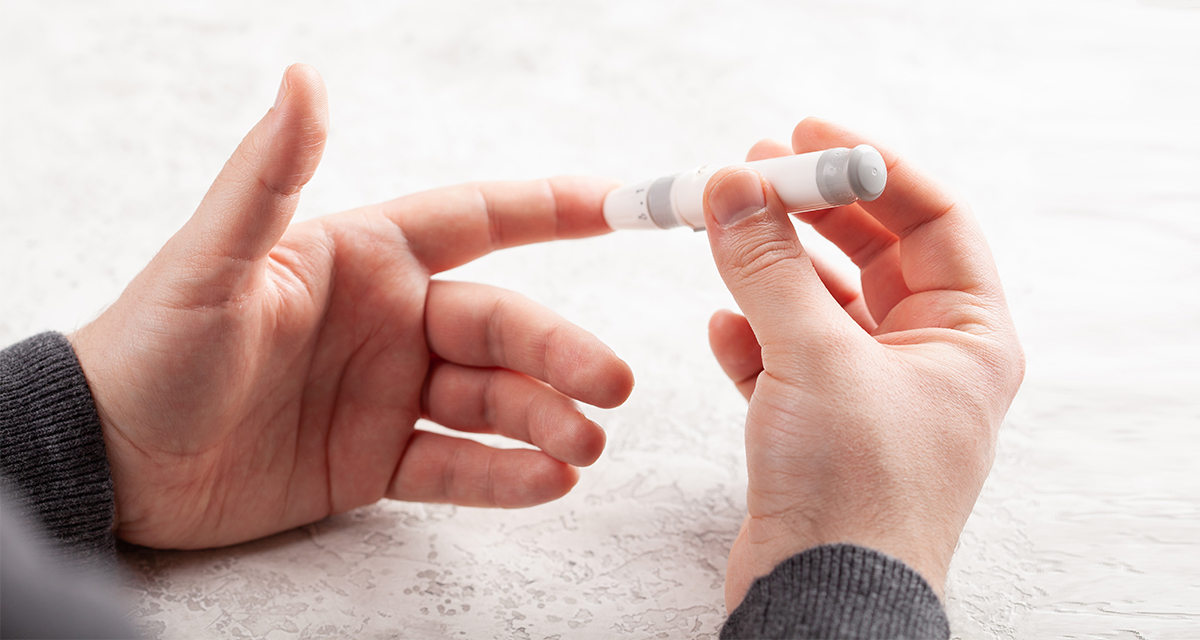By Israel Hodish, M.D., Ph.D., endocrinologist and Hygieia co-founder
As an endocrinologist, I see many patients with long-standing type 2 diabetes. The typical first-time patient in my practice is a man or a woman between age 40 – 60, who has had type 2 diabetes for more than 10 years, is being treated with four different medications (some of which belong to new classes of medications), and has had an HbA1c of 9%-11% for at least two years. Yet, most don’t realize that at this point in their disease, their situation is urgent.
For clarity, HbA1c is a laboratory marker for average glucose over the past 2-3 months. To the best of our understanding, HbA1c is the best marker for any diabetes-related complication. The higher the HbA1c, the higher the chances to develop diabetes complications including kidney disease, eye disease, feet infections, heart attacks or strokes and, unfortunately, premature death. In patients who have already developed complications, the higher the HbA1c, the higher the chance to have those complications become worse.
This is a serious situation. Yet, from patients’ disposition and providers’ referral letters, it is clear to me that they are not fully aware just how serious this is.
Living with poorly controlled diabetes is as dangerous as living with advanced cancer. The chances of developing devastating complications and dying prematurely are staggering. Yes, that is a drastic statement, but it is an important one. Because understanding the gravity of the problem can drive doctors and patients to search for the solution. And the solution lies in lowering the HbA1c and keeping it low.
For example, a patient who lives with an HbA1c of 10% has an expected 5-year survival of below 50%. On the other hand, a patient with diabetes who lives with HbA1c of 6.5%-7% has a survival rate that is similar to the non-diabetes population.
If someone has ongoing high HbA1c, it’s long past the time to look at their diet, weight, or exercise frequency. This is the time to realize that they are in a state of medical emergency that should be resolved as soon as possible. In fact, it’s a problem that needs to be solved within a timeframe of a few weeks.
At that stage of disease, the only way to lower the HbA1c is to optimize medical treatment. It does not really matter which medications to use in order to achieve the goal, although after about 10 years with the disease, most patients become so insulin deficient that only insulin therapy can bring glucose down. At that stage, there is just not enough insulin secreted from the pancreas to support non-insulin regimens.
It is possible that some people will gain some weight when they improve their HbA1c or glucose levels. This is not because of the insulin therapy itself. Rather, it is because they were so insulin deficient before starting to inject insulin. Nonetheless, the highest priority is to optimize the HbA1c.
Insulin therapy has only one side effect, which is hypoglycemia or too low glucose. Insulin as a drug does not have an upper dosage limit and there is no glucose that it cannot reduce. Lowering glucose with insulin therapy and maintaining it should be done safely to avoid hypoglycemia as much as possible. The overall number of units per day are highly individualized. Importantly, insulin doses should be continuously and frequently updated because insulin requirements change over time.
The solution to the problem is at hand and should be sought after without delay. For more information, see this review in the Journal of Diabetes and its Complications. I hope this information is helpful.

